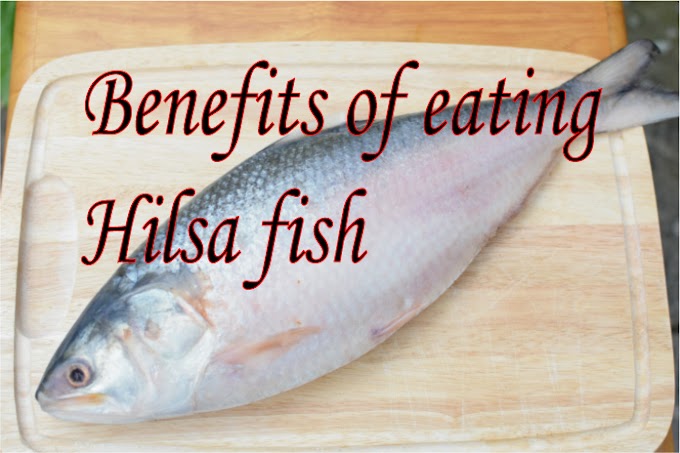Degonto Islam
Department of Fisheries and Marine Science,
Noakhali Science and Technology University.
Hilsa experience, tolerant and
adapted to the frequent fluctuation of salinity. In estuary, salinity fluctuation is frequently noticeable. So in term of time of long migration to the estuary, the river from ocean Hilsa needs to maintain its body water and electrolytes
balance inside its body such as example
osmotic pressure inside the body. It changes it body mechanism according to the
salinity of the water and maintenance of internal balance between water and
dissolve materials regardless of environmental condition.
The osmoregulatory mechanism is
triggered by the antidiuretic and steroid hormone for maintaining the osmotic
pressure. Cortisol, Arginine- Vasotocine play a major role in this mechanism
prolactin also play major role to bring about necessary change. Cortisol hormone
bring about necessary change when Hilsa are close to sea water in estuarine and
prolactin hormone assistance when Hilsa close to fresh water during migration.
Cortisol hormone increase uptake of ion and prolactin vice versa.
Osmoregulatory mechanism of Hilsa when
salinity close to sea water:
When Hilsa fish stay in estuary with
salinity close to sea water drinking rate increased. When deinking may amount
to 8-10 ml/kg body weight of fish per hour. If salinity rate increase the rate of
drinking higher and the urine production decreased, the urine production rate
amounts to 5ml/kg body weight of fish per hour. But it is decreased to 1 ml/kg body
weight of fish per hour.
Their Gill epithelial increase
its permeability so that it can increase the loss of salt to keep ionic balance
of the fish, but the ion exchange mechanism of gill epithelial become less
effective . Cortisol hormone increase Na+K+-ATPase
activity in the fill tissue, increased Na+ excretion, increased water
permeability of the urinary bladder and uptake of ions and water in the gut.
Function of Arginine-Vasotocin involbed in the reduction of urine production in
sea water. It reduce the blood supply in glomeruli resulting the reduction of urine
production.
Osmoregulatory Mechanism when salinity
close to freshwater:
Osmoregulatory mechanism close to
freshwater are just opposite to the salinity to sea water. The drinking rate
may decrease, the urine production increase and the gill epithelium permeability
will decrease and lower the losses of salt. The ion exchange mechanism become
more effective. The adenophypophyseal hormone prolactine plays the major role. The
function of prolactine is to decrease Na+ excretion, decrease Na+-K+-ATPase activity
in gill tissue decrease the water re-absorption ability of iodine tubule and
urinary bladder.





1 Comments
Well.. An important information.
ReplyDelete